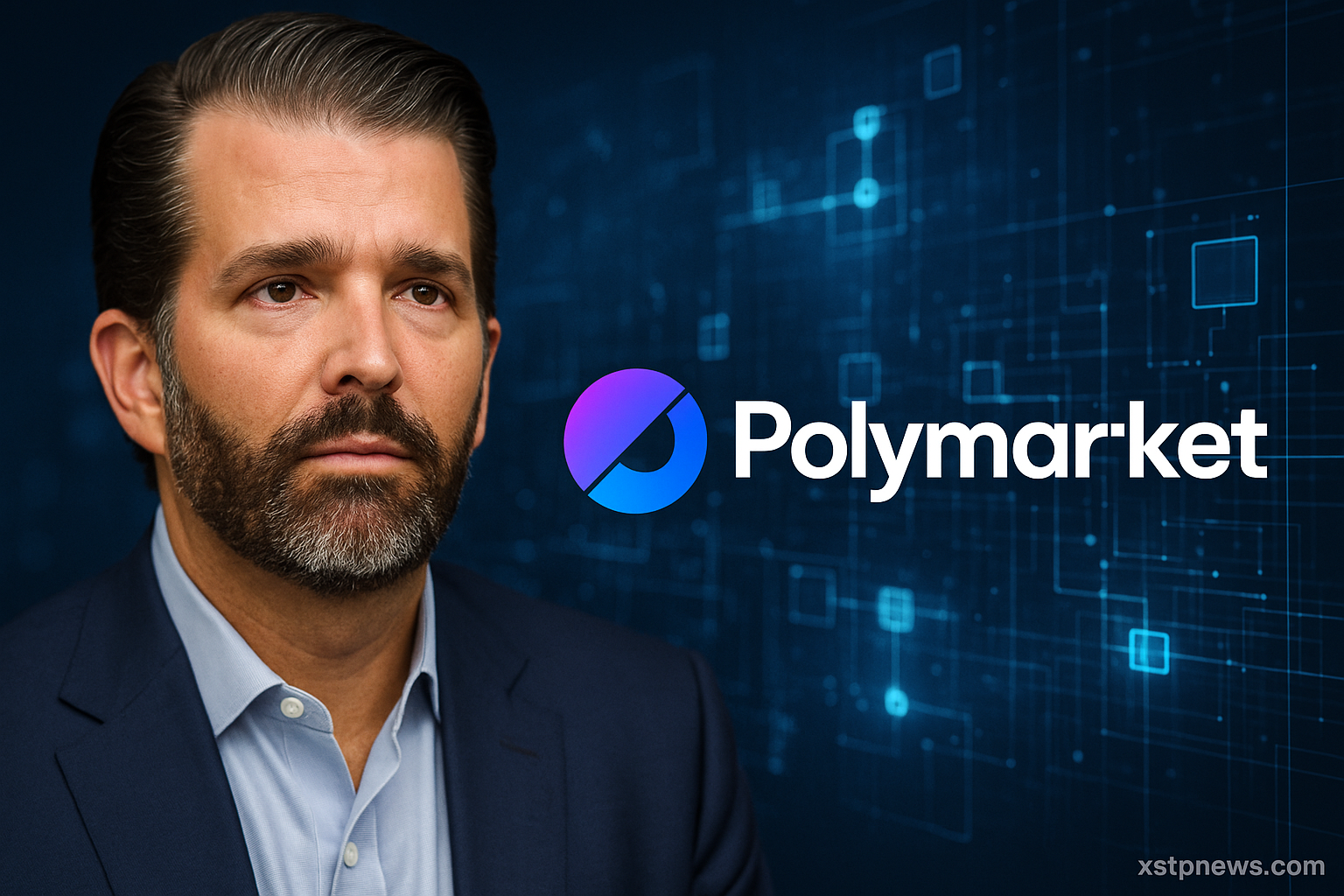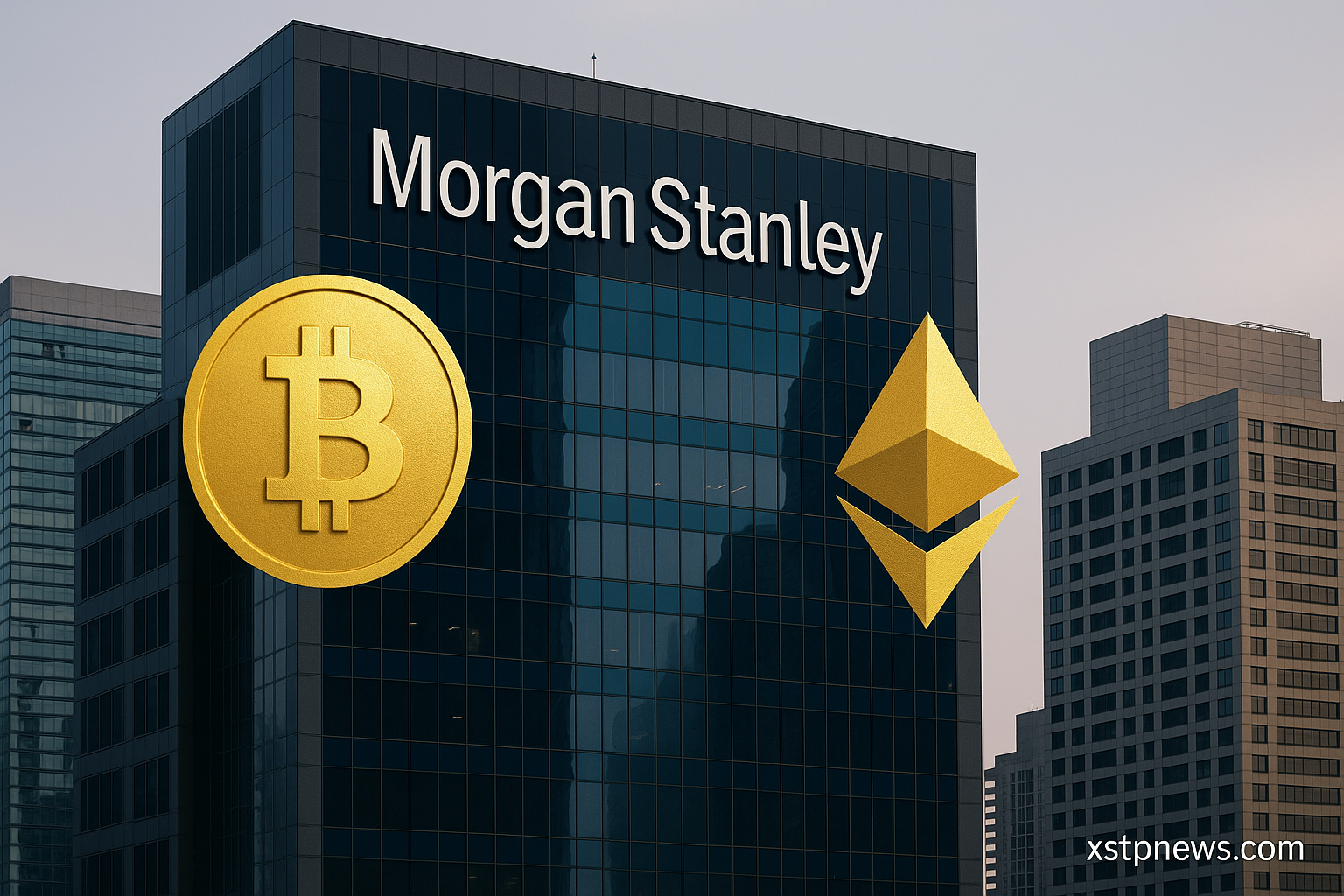Stellar (XLM) is trading around $0.399, with a market capitalization exceeding $12 billion and a circulating supply of more than 31 billion tokens. It remains one of the most established digital assets, consistently ranking in the top 15 globally.
Expanding its global infrastructure
Launched in 2014 by Jed McCaleb and Joyce Kim, Stellar is powered by the Stellar Development Foundation (SDF), a nonprofit dedicated to financial inclusion. The network uses the Stellar Consensus Protocol, which enables near-instant transaction validation with low fees and energy efficiency.
Stellar can process up to 1,000 transactions per second, with upgrades planned to reach 5,000 TPS through the upcoming Protocol 23. This upgrade will introduce smart contract optimization, multi-threading, and broader developer functionality via its native engine Soroban.
Partnerships and ecosystem growth
Stellar has formed strategic partnerships with organizations like IBM, MoneyGram, and Circle, enabling it to bridge traditional finance with blockchain. It plays a growing role in stablecoin settlement, on-chain remittances, and asset tokenization across emerging economies.
Recent data shows Stellar processed over 81 million transactions in a single day, marking a 14% increase in activity. Active addresses surged by 81%, while on-chain fees climbed more than 120%, suggesting rising utility and user engagement.
Technical outlook and forecasts
Analysts have identified a bullish wedge formation, indicating potential for a breakout above $0.52, with extended targets near $0.636. Some forecasts suggest a 5x return by the end of 2025, provided the protocol upgrade is successful and institutional support continues.
Stellar’s low transaction cost, fast settlement time, and focus on real-world use cases give it a favorable long-term position in the payments sector.
Challenges ahead
Despite its progress, Stellar faces competition from newer blockchains with smart contract capabilities and broader DeFi ecosystems. The reliance on federated consensus also raises governance questions that must be addressed as adoption scales.
Still, its practical use in cross-border payments, remittances, and compliance-aligned stablecoin infrastructure makes it a critical player in crypto’s real-world integration.
source: CoinMarketCap, CoinGecko, Stellar.org, Ainvest, InvestX, Pintu, Changelly







